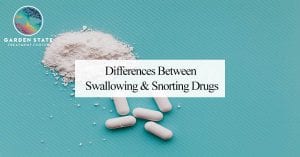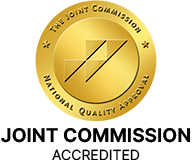
Tag: Opiates
An opiate, in classical pharmacology, is a substance derived from opium. In more modern usage, the term opioid is used to designate all substances, both natural and synthetic, that bind to opioid receptors in the brain


Signs That My Boyfriend is Using Drugs
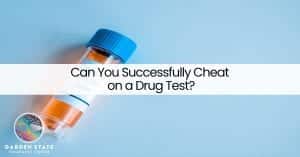
Can You Successfully Cheat on a Drug Test?
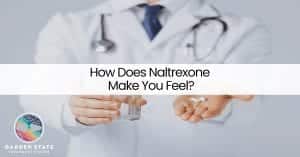
How Does Naltrexone Make You Feel?

What Happens if You Snort Suboxone?
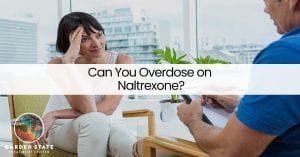
Can You Overdose on Naltrexone?
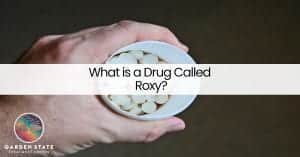
What is a Drug Called Roxy?

Does Suboxone Make You Sleepy?
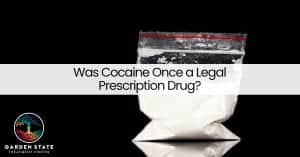
Was Cocaine Once a Legal Prescription Drug?

Why Do Opiates Make You Itchy?
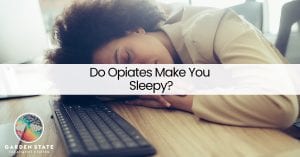
Do Opiates Make You Sleepy?

Is Dilaudid More Powerful Than Percocet?
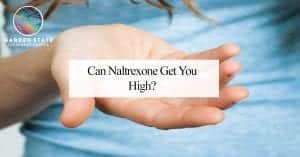
Can Naltrexone Get You High?
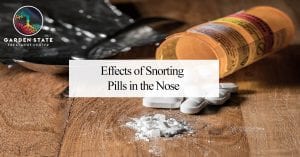
Effects of Snorting Pills on the Nose
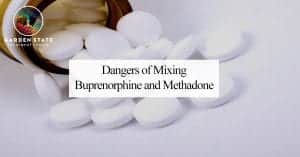
Dangers of Mixing Buprenorphine and Methadone
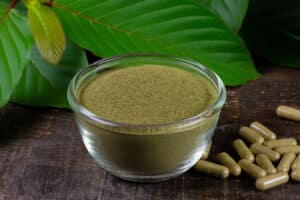
Does Kratom Show Up on a Drug Test?
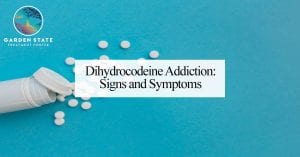
Dihydrocodeine Addiction
